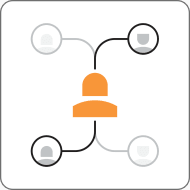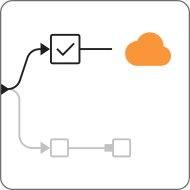Customer Segmentation with KNIME
Customer segmentation helps you divide your audience into meaningful groups based on demographics, behavior, or preferences. With KNIME, you can do this efficiently by building a visual workflow for data preparation, clustering, and result visualization, all within one platform and without needing to code.
KNIME Workflow Example for Customer Segmentation
This example workflow performs customer segmentation on a sample dataset using the k-Means algorithm. It includes:
- Data access of customer data, filtering and partitioning
- Data preprocessing (e.g., missing value handling, outlier detection, normalization) and dimensionality reduction via PCA
- Cluster identification and assignment with k-Means
- Cluster inspection with an interactive dashboard and evaluation via Silhouette coefficient
Why use KNIME for Customer Segmentation
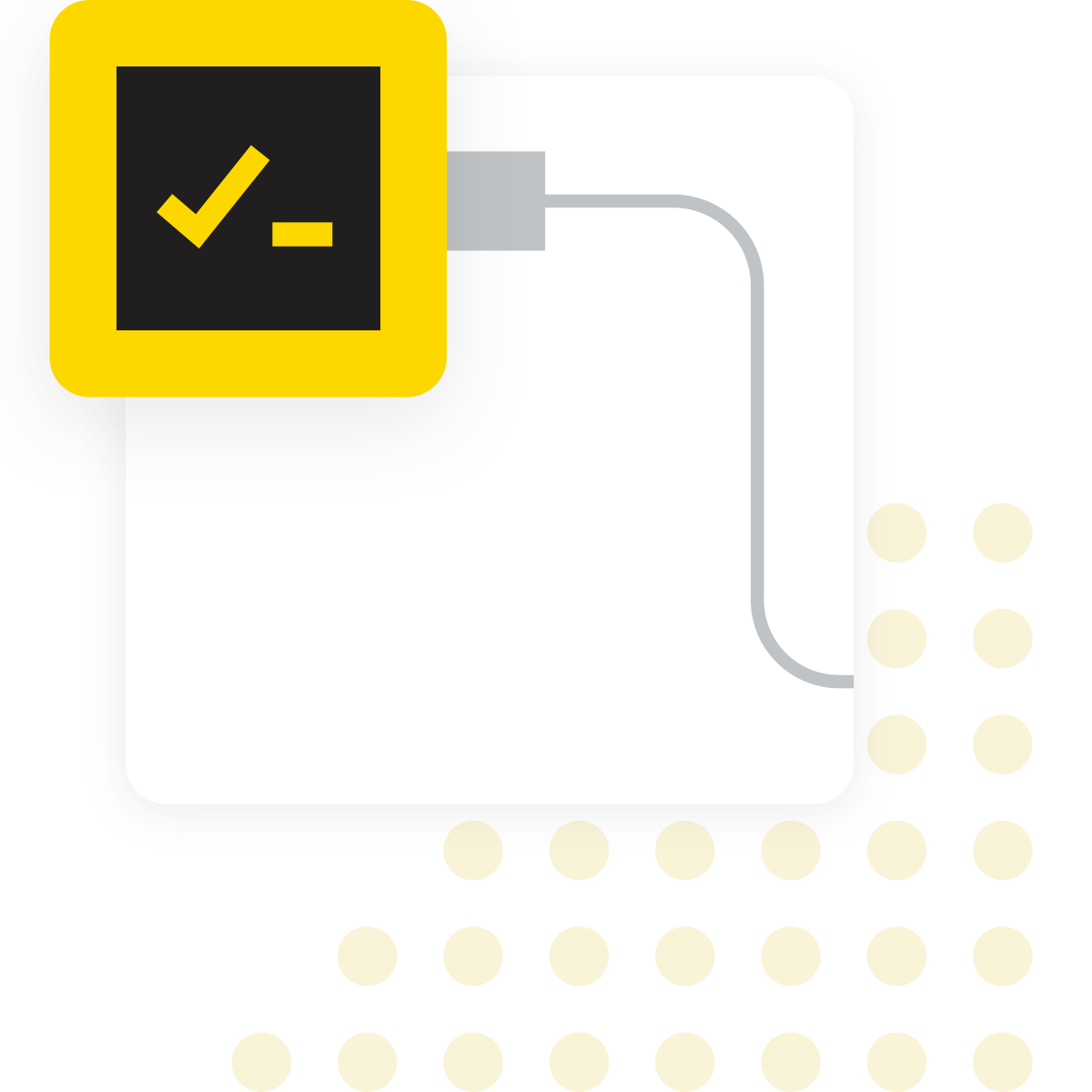
What is customer segmentation?
It’s the process of grouping customers using shared attributes, like purchase frequency, location, spend, or behavior, to better tailor marketing and service strategies.
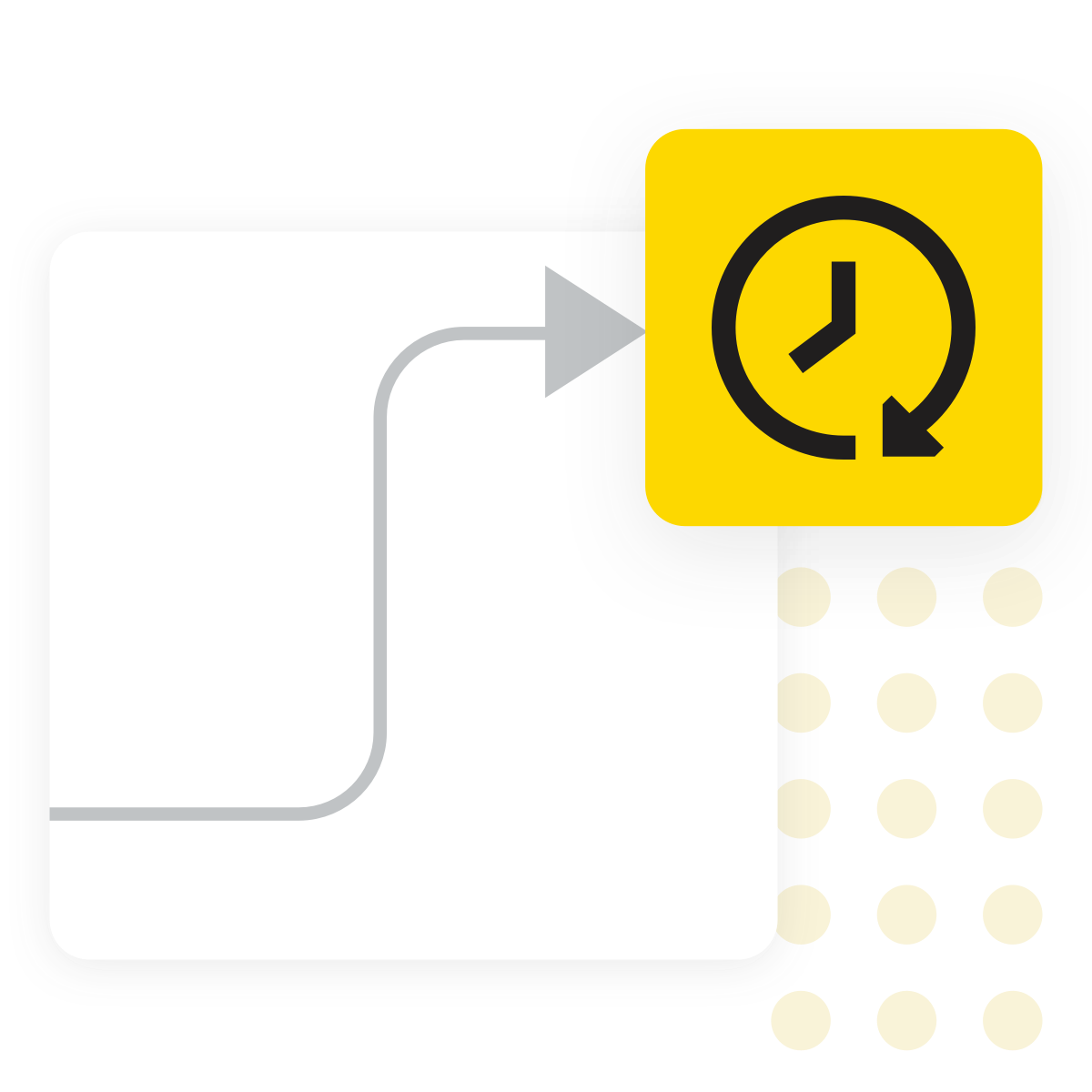
Why does it matter?
By segmenting based on behavioral patterns, transaction history, or demographics, businesses can act more precisely and efficiently.
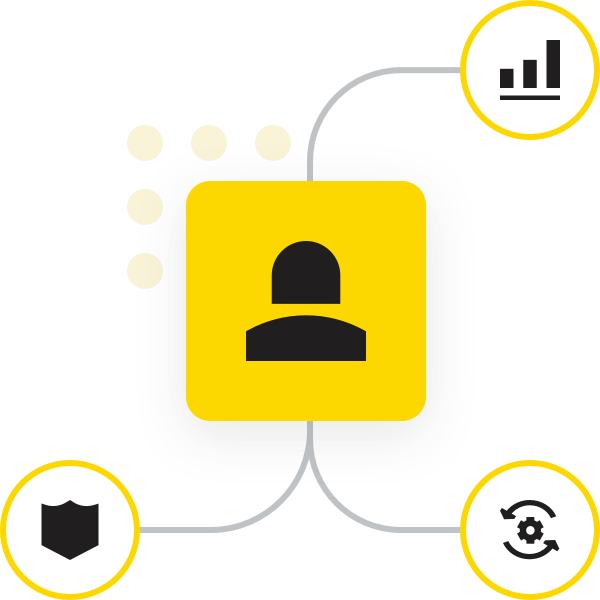
Typical challenges
- Connecting to and preparing data from multiple sources
- Choosing an appropriate clustering technique
- Evaluating and interpreting clusters
- Managing and iterating on segmentation logic
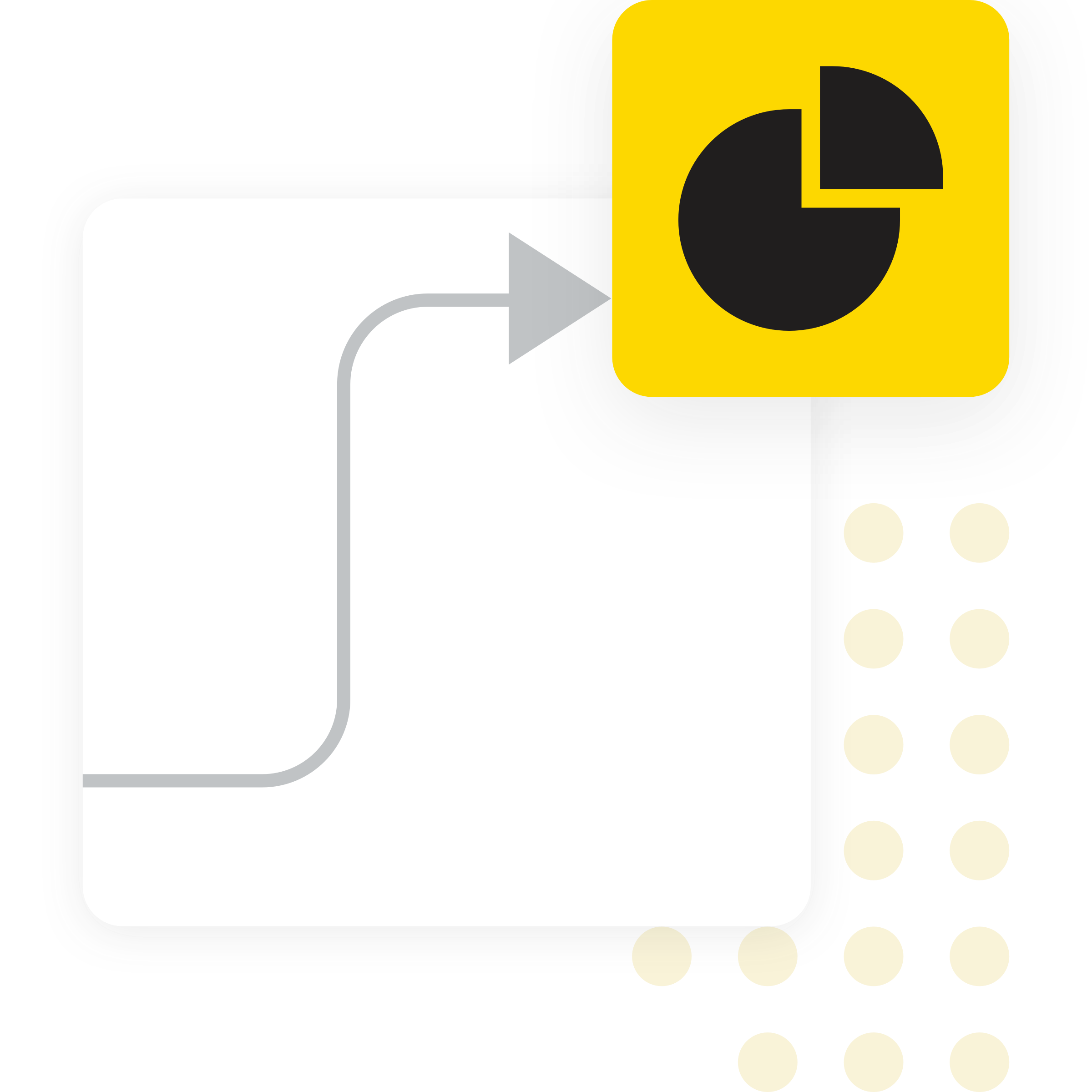
Benefits of using KNIME
- Connect data from any source to see the full customer picture
- Automate cleaning tasks so you can focus on insights
- Test and refine segmentation with different algorithms, no coding needed
- Check segment quality with metrics and visual dashboards
- Export results to tools like Excel or your CRM for immediate action or share as interactive data apps
- Share and adapt workflows to keep segmentation consistent over time
How to use KNIME for Customer Segmentation
How to Get Started
Additional Resources
Clustering
Learn what clustering is and how it works with different algorithms such as K-means, hierarchical clustering, and DBSCAN.
Training Clustering Algorithms
Learn how to build and compare three different clustering models in KNIME Analytics Platform.
FAQ
KNIME supports several clustering techniques, including k-Means, fuzzy c-Means, DBSCAN, hierarchical clustering, and k-Medoids. You can choose the method that best fits your data type and business needs.
Yes. Numerical data can be used directly in clustering algorithms like k-Means. Categorical data can be encoded or clustered with algorithms suited for such data, like k-Medoids, or through different algorithms available via the Python/R integration for KNIME.
Use the Silhouette Coefficient node and visualizations (e.g., scatter plots, violin plots, bar charts) to help assess segment separation and density. Evaluation is often iterative and involves both metrics and business validation.
Yes. Save the workflow with your preprocessing and clustering logic, then rerun periodically or trigger programmatically with one of KNIME’s paid plans.
You can export segments to Excel, databases, or APIs. These outputs can be fed into marketing automation tools, CRM systems, or analytics dashboards for campaign targeting, customer analysis, and reporting.
